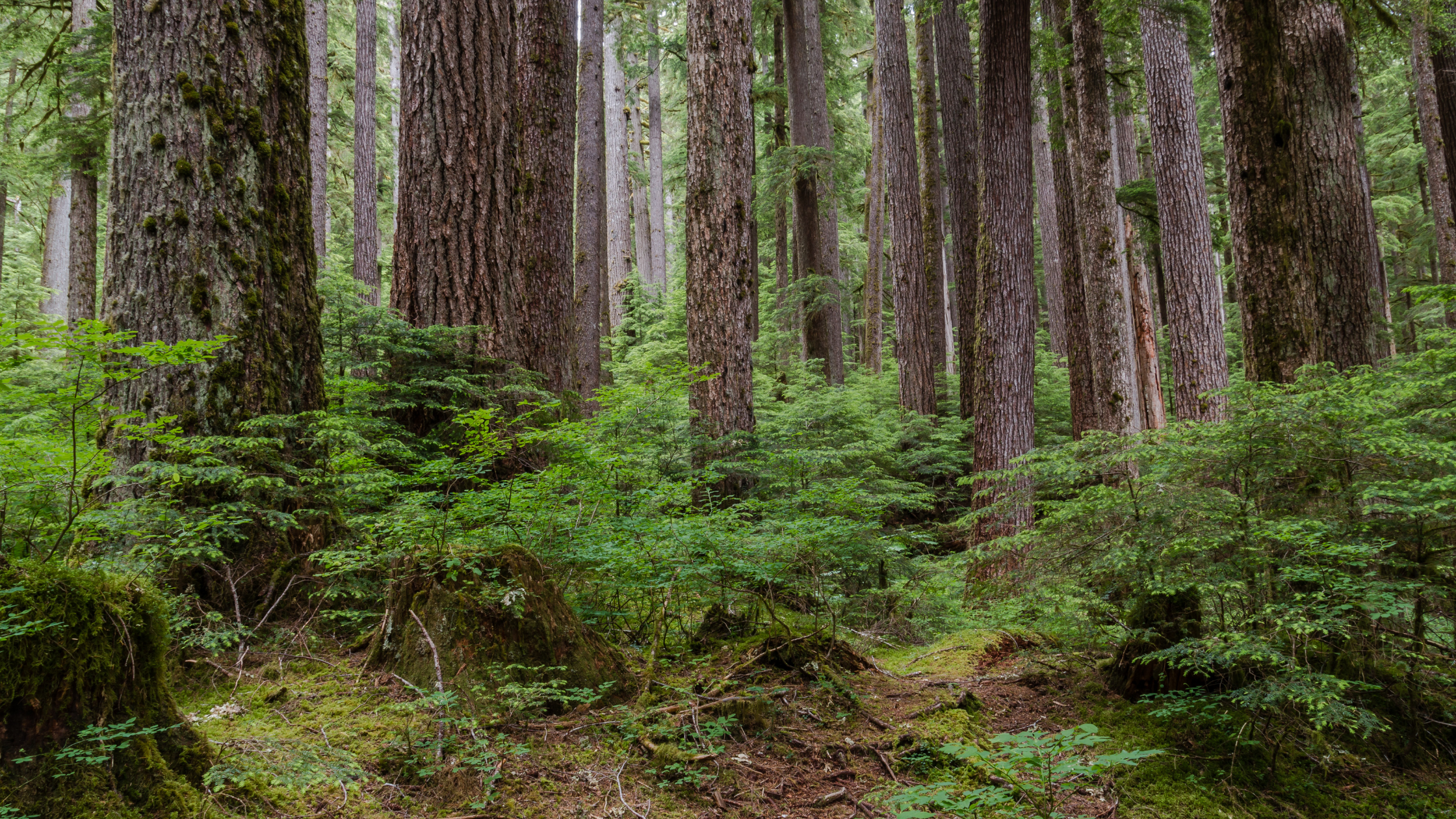FLA Asks Agencies to Carefully Consider Approach to Conserving and Defining “Old Growth”
In response to President Biden’s Executive Order 14072: Strengthening the Nation’s Forests, Communities, and Local Economies, the U.S. Forest Service and the Bureau of Land Management on July 15, 2022, released a Request for Information to inform their approach to defining and conserving old growth and mature forests.
While landowners can appreciate the cultural significance and recreational value attributed to old growth and mature forests on federal lands, they are distinct from the working forests owned and managed by America’s private landowners, which rely on the continuous cycle of sustainable growth, management, harvest, and replanting to create and maintain health, resiliency, and economic success.
Because decisions and definitions intended for federal lands have the potential to impact the private sector, FLA provided recommendations with the following three pillars to help guide the Agencies’ approach to old growth and mature forests:
- There is no one-size-fits-all approach to defining old growth and mature forests, and the Agencies should instead rely on a flexible definition framework to inform decisions at a local level.
- Conservation of old growth forests should be done in a way that utilizes forest management to protect surrounding communities from threats such as wildfire.
- The Agencies must make clear that a definition of old growth is not intended or appropriate for private forestland.
The Agencies and scientific communities have struggled with creating a singular definition of old growth and mature forests in the past due to the complex nature of forest ecosystems. By incorporating feedback from the private forest sector, the Agencies have the opportunity to approach old growth in a way that is flexible, benefits overall forest health, protects surrounding communities, and does not hinder forest management and harvest on private lands.
Read FLA’s official comments here.
